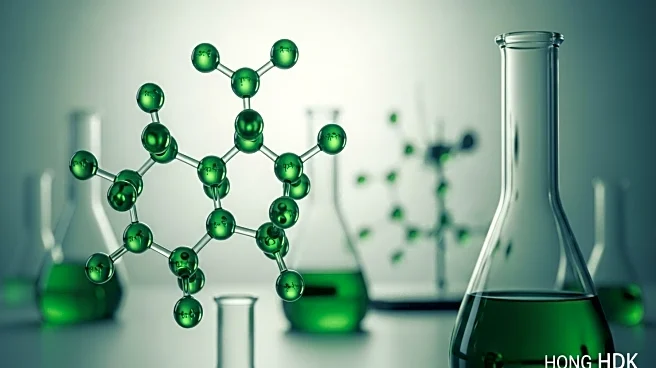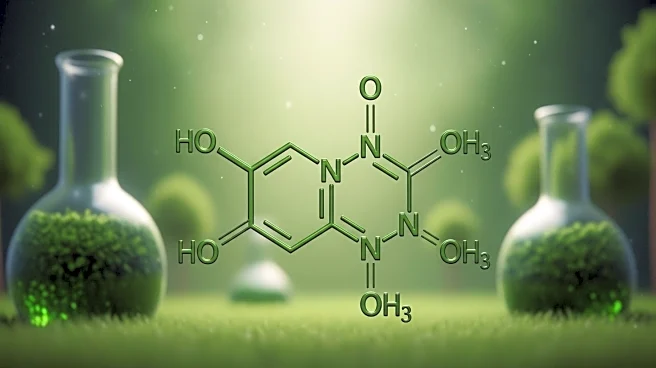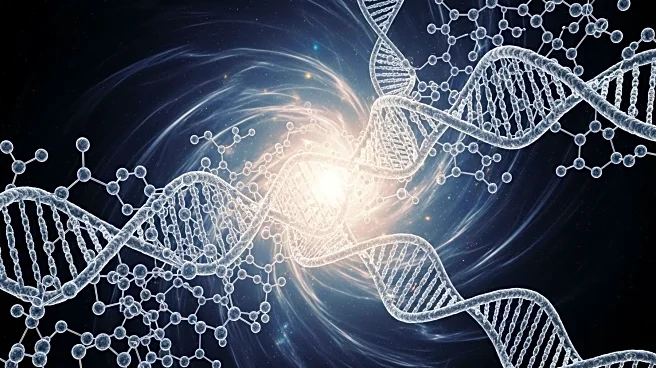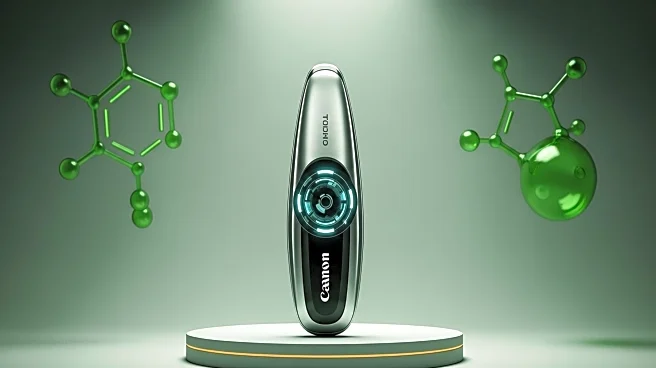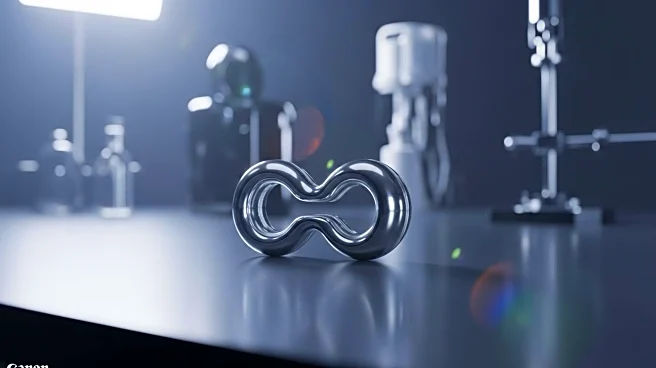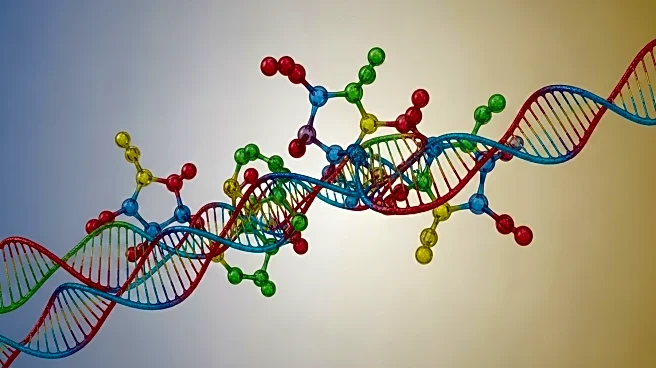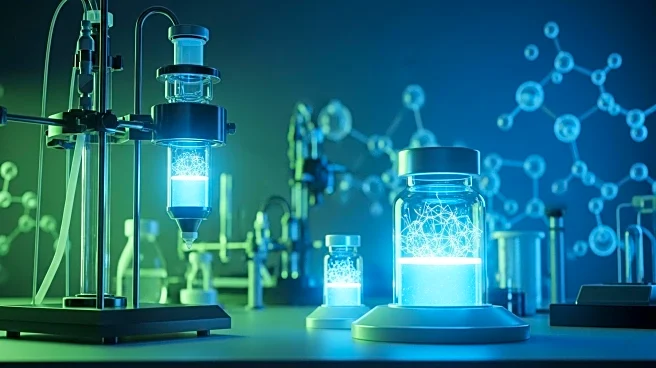What is the story about?
What's Happening?
A recent study has confirmed a long-debated theory from 1958 regarding vitamin B1, suggesting that reactive carbon species can persist in water. This challenges the traditional belief that water destroys carbenes, which are carbon atoms with two open spots for bonding. The research team, led by Vincent Lavallo at UC Riverside, successfully observed a stable carbene in water by using protective molecular designs. This breakthrough provides direct evidence that carbenes can exist in aqueous environments, potentially altering the understanding of enzyme functions within cells and offering cleaner industrial chemistry processes.
Why It's Important?
The validation of this theory has significant implications for the chemical industry, particularly in promoting greener chemistry practices. Water, being abundant and non-toxic, is an ideal solvent compared to hazardous organic solvents currently used in manufacturing. If carbene chemistry can be conducted in water, it could lead to safer production methods for medicines and materials. This discovery not only supports the original vitamin B1 hypothesis but also opens the door to exploring other reactive intermediates, potentially revolutionizing chemical synthesis and environmental safety.
What's Next?
The research team plans to explore other reactive intermediates using similar protective strategies, aiming to observe and learn from them. This could lead to further advancements in understanding short-lived chemical species and their roles in various reactions. The study's findings may encourage industries to reconsider their solvent choices, potentially leading to a shift towards more sustainable practices. Continued research in this area could further validate the use of water as a viable medium for complex chemical reactions.
Beyond the Headlines
This development highlights the importance of revisiting historical scientific theories with modern technology. It underscores the potential for long-standing ideas to gain validation and practical application as experimental methods evolve. The study also emphasizes the role of innovative molecular design in overcoming traditional chemical limitations, suggesting a future where environmentally friendly chemistry becomes more prevalent.
AI Generated Content
Do you find this article useful?
